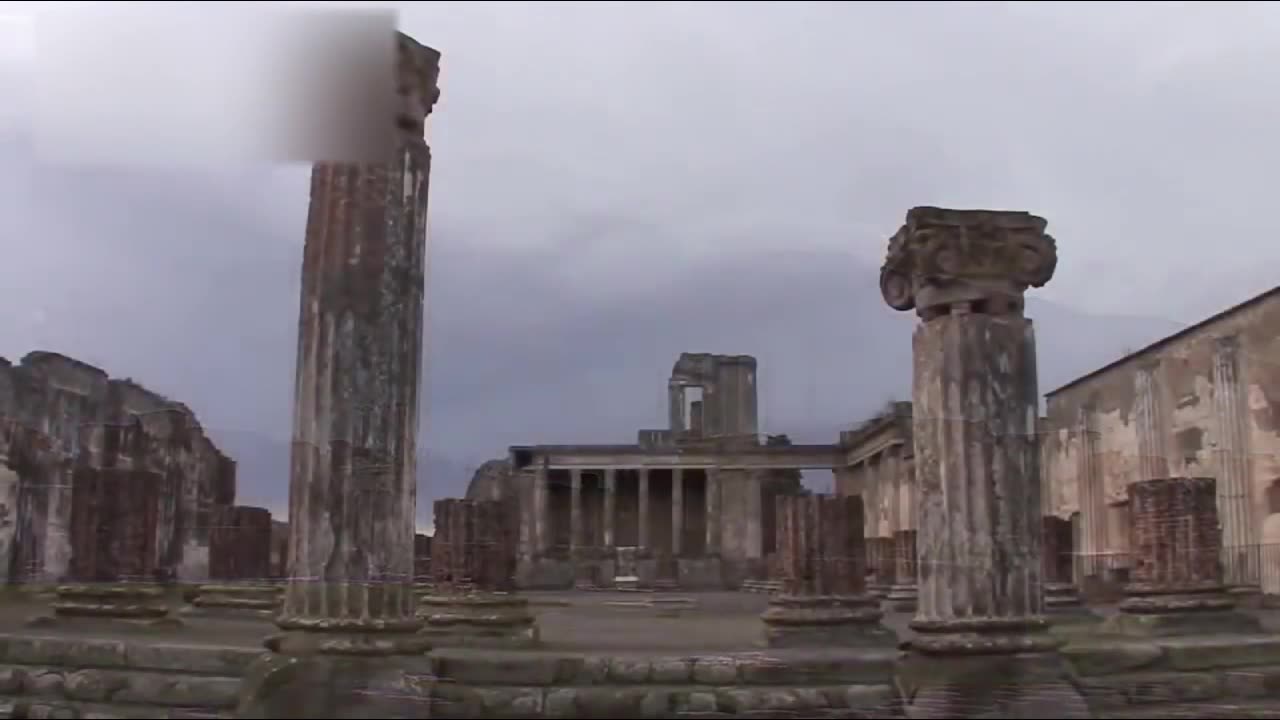Premium Only Content

UNKNOWN HISTORY OF POMPEII CITY
Pompeii is a fascinating ancient city that was located near modern-day Naples, Italy. Although it was destroyed and buried under layers of volcanic ash in the eruption of Mount Vesuvius in 79 AD, it was eventually rediscovered in the 18th century, revealing a remarkable snapshot of Roman life.
Pompeii was founded around the 6th century BC and became an important city in the Roman Empire. It was a thriving and prosperous community, known for its strategic location, fertile lands, and thriving trade. The city was home to a diverse population, including Romans, Greeks, and other cultures.
The eruption of Mount Vesuvius on August 24, 79 AD, was a catastrophic event that forever changed the course of history for Pompeii. The volcano unleashed a massive eruption, spewing a cloud of ash, pumice, and toxic gases into the sky. The falling ash and debris buried the city, preserving it in remarkable detail.
For centuries, Pompeii lay hidden and forgotten until it was accidentally rediscovered in 1748 by a group of explorers. Excavations began, and a treasure trove of ancient artifacts, buildings, and even human remains were unearthed, providing valuable insights into the daily life of the Roman era.
The remains of Pompeii revealed a well-planned and sophisticated city. Its streets were lined with shops, homes, and public buildings. The architecture showcased the wealth and opulence of the city's inhabitants. Lavish villas with intricate mosaics, frescoes, and beautifully adorned courtyards were discovered, offering a glimpse into the luxurious lifestyle of the wealthy Romans.
Pompeii also boasted a complex water and sewage system, public baths, theaters, and an amphitheater. The city had a thriving market, where traders sold a variety of goods, including food, pottery, and clothing. Temples dedicated to various gods and goddesses were scattered throughout the city, reflecting the religious beliefs of its inhabitants.
One of the most poignant discoveries in Pompeii was the preserved plaster casts of the victims who perished in the eruption. These casts were created by pouring plaster into the voids left behind by decomposed bodies, providing hauntingly detailed replicas of the city's inhabitants at the moment of their death.
The rediscovery of Pompeii has been crucial in expanding our understanding of ancient Roman civilization. It has allowed historians, archaeologists, and visitors alike to gain valuable insights into the daily life, customs, and architecture of the Roman era.
Today, Pompeii is a UNESCO World Heritage Site and a popular tourist destination, attracting millions of visitors each year. It stands as a testament to the power and unpredictability of nature and serves as a lasting reminder of the once-thriving city that was lost and later found.
-
 2:10:12
2:10:12
Badlands Media
1 day agoDevolution Power Hour Ep. 383: Epstein, Durham, and the Dictator Narrative
87.4K51 -
 2:40:10
2:40:10
DLDAfterDark
9 hours ago $0.36 earnedDLD Live! Feat. Red Dawn Readiness! Glock FRT's - Striker Fire Safety Concerns - ACE Trigger
28.6K4 -
 2:40:21
2:40:21
BlackDiamondGunsandGear
8 hours agoAre ALL Striker Fired Pistols UNSAFE? // After Hours Armory
46.6K11 -
 6:34:50
6:34:50
SpartakusLIVE
12 hours ago#1 Saturday Spartoons on RUMBLE PREMIUM
117K7 -
 1:04:59
1:04:59
Man in America
13 hours ago“Summoning the Demon” — The AI Agenda Is FAR WORSE Than We Know w/ Kay Rubacek
53.9K43 -
 2:16:48
2:16:48
Tundra Tactical
11 hours ago $0.12 earned🎯💥 The World’s Okayest Gun Show 🔫😂 | LIVE Tonight on Rumble!
35.3K1 -
 3:36:03
3:36:03
Mally_Mouse
1 day ago🌶️ 🥵Spicy BITE Saturday!! 🥵🌶️- Let's Play: Tower Unite!
60.2K2 -
 58:59
58:59
MattMorseTV
11 hours ago $1.64 earned🔴Trump just BROKE Newsom.🔴
77.7K91 -
 18:14
18:14
Her Patriot Voice
11 hours agoWho Is WORSE for NYC: Trump Girl or Socialist?
58.4K34 -
 3:39:42
3:39:42
SavageJayGatsby
10 hours agoSpicy Saturday with Mally! | Road to 100 | $300 Weekly Goal for Spicy Bites!
54K1